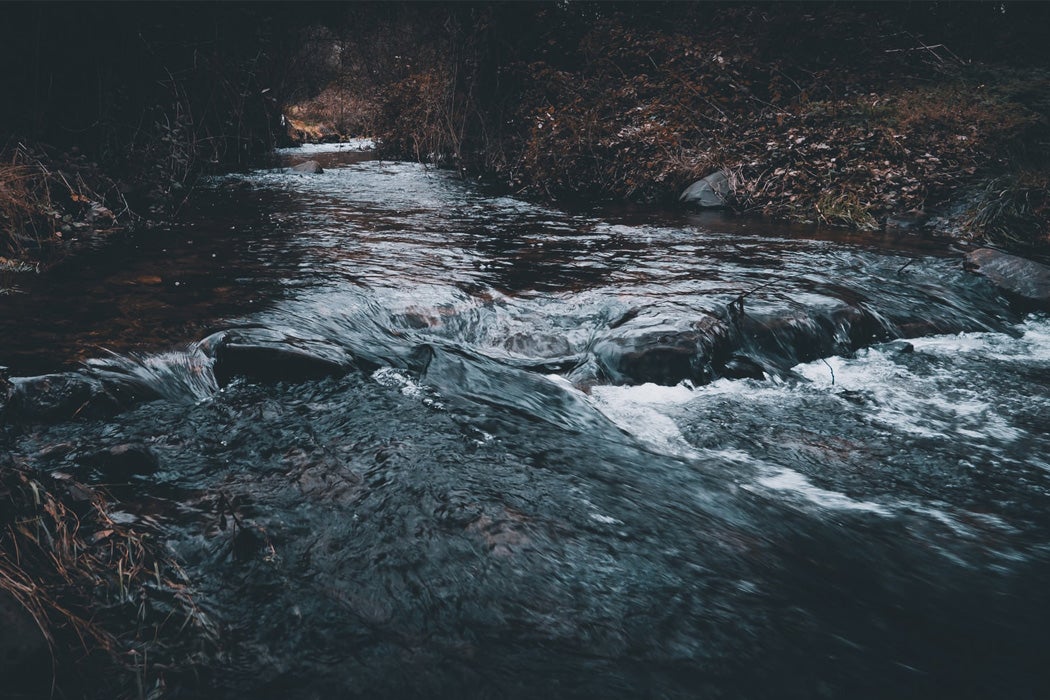By all accounts the Clean Water Act (CWA), the preeminent federal law protecting water quality in the United States, has been highly successful. The 1972 law has been periodically amended, but the gist is that it limits pollution into surface waters of the U.S. through restrictions and permit requirements. The act does not directly regulate drinking water. Now the Trump administration wishes to significantly weaken the CWA by limiting its jurisdiction, a move cheered by some but bemoaned by many others. Nevertheless, according to April Collaku in Fordham Environmental Law Review, this question of exactly which waters are covered by the CWA is not new.
Upon enactment of the CWA, federal agencies charged with its enforcement saw the law as covering discharges in the “navigable waters of the United States,” which on the face of it sounds like any water that can hold a boat. The reality is more complicated. The CWA itself, in fact, defines navigable waters as “waters of the United States,” which sounds like all water everywhere under U.S. jurisdiction.
Given the ambiguity, this definition has repeatedly found itself under court review. The courts struggled to reconcile the “waters of the United States” language with “navigable waters,” roughly defined as waters used for commerce or travel. Courts have generally expanded that definition to include tributaries of those navigable bodies and wetlands that are adjacent or connected to those navigable bodies.
The rules the current administration is seeking to override stem from a 2006 Supreme Court Decision. The decision, known as Rapanos v. United States, left the exact scope of the CWA muddled, with some justices arguing for the expanded navigable waters definition above and others limiting jurisdiction only to permanent bodies of water.
To help end the confusion, during the Obama administration the EPA decided to spell out a clear definition of waters of the United States. The definition closely hews to the expanded definition of navigable waters, but specifies all tributaries and adjacent waters that have a “significant nexus” to navigable waters. This expanded definition included a lot more wetlands, as now wetlands adjacent to tributaries were also included. Certain seasonal streams and wetlands were included under this final definition as well.
Weekly Newsletter
This expansion provided clarification but also controversy. The newly covered waters often came into conflict with private property. Some farmers and business interests found themselves occasionally limited in what crops they could plant, or what practices they could follow, next to what they saw as unimportant streams or wetlands.
Now the controversy rolls on, as under the Trump administration, most tributaries and adjacent wetlands will be stripped of CWA protection. Opponents fear that increased pollution will inevitably cause downstream harm. One side effect of the rule reversal is that the CWA is once again operating without a firm definition. More confusion and lawsuits are inevitable.
Editors’ Note: An earlier version of this article stated that the Supreme Court Decision Rapanos v. United States was decided in 2015; in fact it was decided in 2006.







